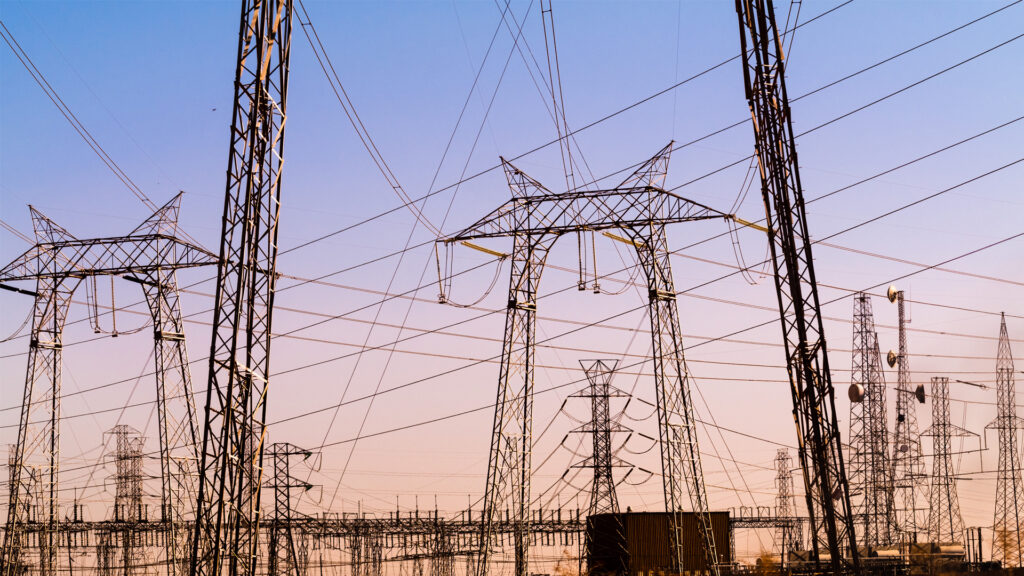By Adnan Chaudhry, Siemens Energy
It seems like every day we see news about artificial intelligence (AI) and how it is changing our world. There is no question that this innovation requires a new level of vigilance from each of us.
The energy industry is innovating to meet the demands of the power-hungry data centers that house AI systems while using AI to improve our systems and customer experiences. For instance, AI helps locate underground energy resources, inspect renewable energy facilities and find new ways to optimize power plants. Here in Florida, AI, combined with other cutting-edge technologies, can help us recover from the devastation caused by recent hurricanes.

In the aftermath of a hurricane, the challenges faced by utility companies are immense. Restoring power, ensuring the safety of the infrastructure and preventing future outages are critical tasks that require immediate and efficient solutions. AI and advanced technologies such as a digital grid can be critical resources in the recovery and rebuilding process for power infrastructure.
After a hurricane, fallen trees and overgrown vegetation can obstruct power lines, causing delays in power restoration. Utility companies employ specialized crews equipped with chainsaws, woodchippers, and heavy machinery to clear fallen trees and other debris from power lines. These teams work tirelessly, often around the clock, to remove hazards and restore access to damaged infrastructure.
Manual inspections of power lines can be time-consuming and labor-intensive. Some utilities survey the area from above using drones or helicopters. This is frequently done by utility company employees with the aid of binoculars.
Analyzing power lines from a helicopter with the human eye can be highly ineffective. The speed at which helicopters travel can make it difficult for inspectors to thoroughly examine the lines and pinpoint issues accurately. Environmental conditions, such as weather and lighting, can further impede visual inspections, leading to overlooked problems that might result in future outages. This method is not only labor-intensive but also less precise.
There are technological solutions available to help restore power faster by providing detailed insights into the condition of the power lines, enabling utilities to identify critical damaged areas. A suite of helicopter-mounted technologies can give utilities a clearer picture of the health of power lines and gather rich data for further analysis. A range of cameras, sensors, 3D laser scanners, infrared cameras and ultraviolet sensors feed information in real-time into a smart analytics platform. This allows maintenance teams to prioritize repairs and address the most critical issues first, reducing downtime and getting the lights back on for affected communities more swiftly.
A digital twin can also be created using these advanced remote sensing and analytics technologies. This is a virtual model of the system that provides detailed insights by replicating real-world conditions, enabling utilities to monitor, analyze, and optimize tasks more efficiently and accurately.

Dynamic Line Rating (DLR) systems also play a crucial role in post-hurricane grid restoration. These systems account for temperature, wind speed and line sag to determine the true capacity of the transmission lines. Grid operators can determine the maximum amount of load on undamaged lines during restoration efforts, effectively redistributing power and preventing overloads. This allows undamaged lines to carry more load while damaged areas are repaired.
AI can be crucial to sorting through the massive amount of data gathered by these advanced remote sensing technologies. AI can analyze data up to 60,000 times faster than a human — identifying patterns and anomalies in real-time from the data provided by overhead surveillance. As utilities look to future outages caused by extreme weather, AI can predict potential failure points based on historical data and current conditions, enabling preemptive maintenance that minimizes future outages.
Several U.S. utilities have been able to improve their response times, enhance the reliability of their power grids and better serve their communities. As extreme weather continues to batter our power grids, comprehensive digital-based solutions can empower utility companies to build a more resilient and efficient system.
Adnan Chaudhry is the senior vice president for the digital grid at Siemens Energy, one of the world’s leading energy technology companies with a significant presence in Orlando for 40 years. This opinion piece was originally published by the Orlando Sentinel, which is a media partner of The Invading Sea. Banner photo: A utility worker fixes a power line. (iStock image).
Sign up for The Invading Sea newsletter by visiting here. To support The Invading Sea, click here to make a donation. If you are interested in submitting an opinion piece to The Invading Sea, email Editor Nathan Crabbe at nc*****@*au.edu.



